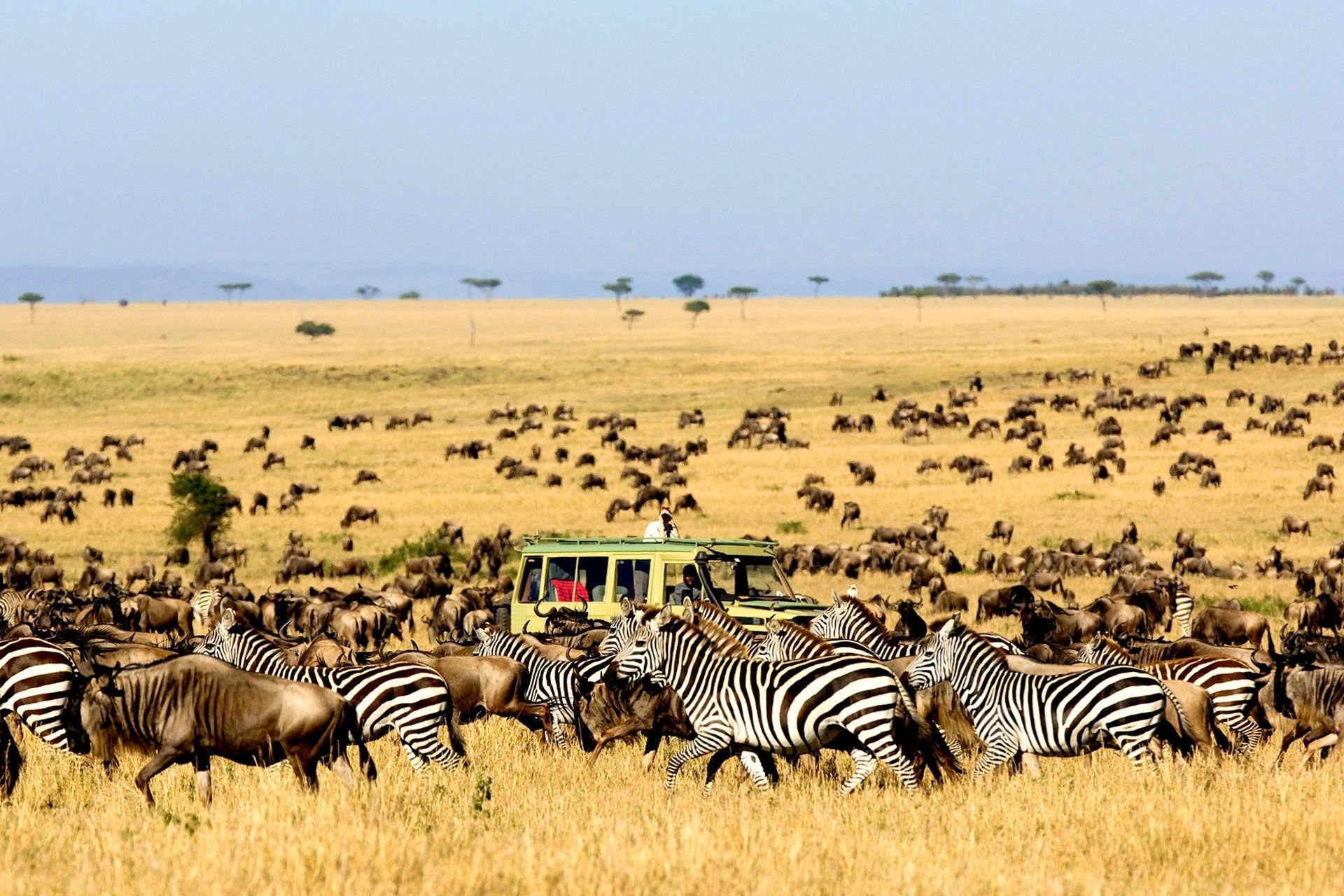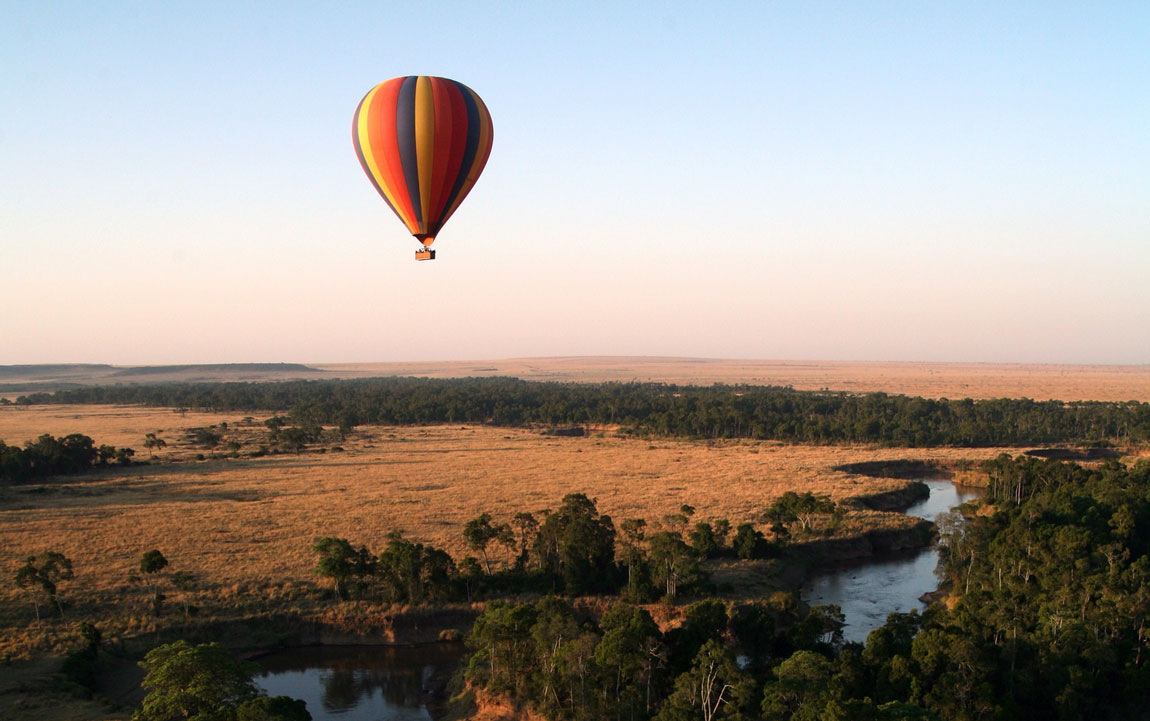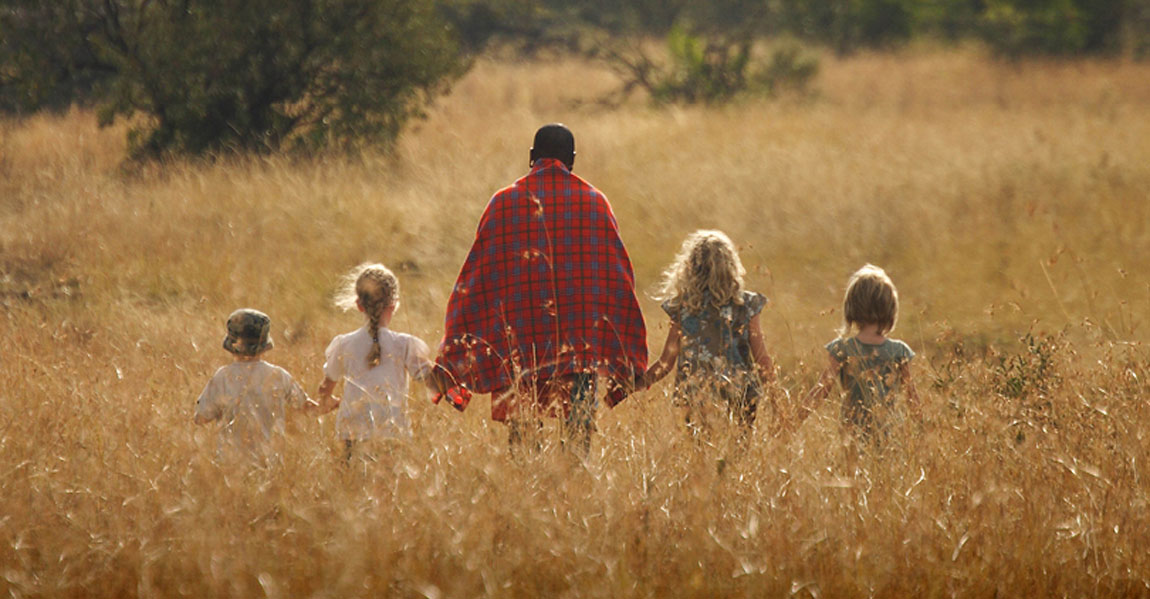KENYA
Magical Kenya, the perfect safari destination for families, romantic get-aways and group adventures
KENYA
Famous for its safari adventures is one of the best places for those who would like to go on safari with their loved ones, on their own or with a group of friends.
Let’s go back to the times of Karen Blixen and see the magical landscapes of Out of Africa. Wake up to the sound of birds, monkeys or even an elephant next to your tent or cottage. See the soft light of the sunrise from a hot air balloon over the savannah or go on a multi-day hike with one of the Samburu warriors in the rocky Laikipia. Take the opportunity to see the great migration – an experience you will never forget.
Kenya is a country where families, couples and individual explorers can eat their heart out. After just one visit, it wil be a country you want to return to again and again.
WHEN TO GO TO KENYA
The rainy seasons are also good times to travel, as there are fewer visitors and you can admire the striking emerals vegetation.
December, in particular, is a great time to visit, since the rains are short and you have the chance to see newborn animals and migratory bird species.
Only the peak of the ‘long rains” in March, April and May are very wet.
Ultimate Family Destination
Wondering if it’s a good idea to take your kids on safari in Africa? Kenya has long been delivering safe and rewarding family safaris in world-renowned Big 5 game reserves as well as beach holidays on the country’s dazzling coastline and Indian Ocean islands. And let’s not forget that this East African country is also home to the greatest wildlife spectacle of them all – the Masai Mara Wildebeest Migration.
Spend an unforgettable family safari in Kenya tracking big cats on game drives on a Masai Mara safari; drifting over vast plains on a scenic hot air balloon flight; going on guided bush walks led by red-robed Maasai warriors and hand feeding giraffe at the well-known Giraffe Manor. And when they’re not with you, your kids can join in junior ranger programmes packed with unforgettable experiences such as learning to shoot a bow and arrow, making fire with sticks or casting animal tracks in plaster.
Wildlife-rich game reserves, white sand beaches, Maasai warriors, once-in-a-lifetime activities and all the atmosphere of big game Africa – how could you not bring the kids on safari in Kenya?
HIGHLIGHTS
LAIKIPIA
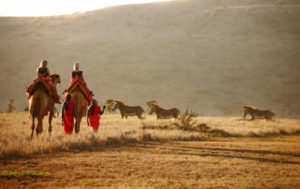 To the north-east of the Great Rift Valley, and north-west of snow-capped Mount Kenya, the high plains of Laikipia are increasingly recognised as one of Kenya’s best safari regions, challenging the Maasai Mara for overall safari experience, if not for raw numbers of animals. You won’t need to escape from the crowds here: in an area not far off the size of Wales, there’s plenty of room for a few safari visitors.
To the north-east of the Great Rift Valley, and north-west of snow-capped Mount Kenya, the high plains of Laikipia are increasingly recognised as one of Kenya’s best safari regions, challenging the Maasai Mara for overall safari experience, if not for raw numbers of animals. You won’t need to escape from the crowds here: in an area not far off the size of Wales, there’s plenty of room for a few safari visitors.
Between Mount Kenya and the northern deserts, these high rangelands spread out between north-flowing streams and rivers, which flow throughout most of the year into the Ewaso Nyiro, northern Kenya’s greatest river.
Formerly a patchwork of huge ranches, and still an important livestock district, Laikipia is now where some of Kenya’s most encouraging conservation success stories are unfolding. The environment here is managed to protect the wildlife, to promote a personal and small-scale approach to adventurous and often luxurious safari tourism, and to generate an income for the local Samburu and Ilaikipiak and Mokogodo Maasai communities.
Laikipia wildlife
Laikipia harbours a wealth of endangered species, including roughly half of Kenya’s 600-odd black rhinos. As browsers rather than grazers, black rhinos do well in the same environment as cattle as long as the bush isn’t cleared. Also on the increase in Laikipia are wild dogs, with several packs here and good chances of seeing them: Laikipia is now their second most important range in Africa. Spotting Grevy’s zebras –the handsome, radar-eared, fine-striped species – is almost a certainty, as a quarter of Africa’s remaining population lives in Laikipia. You can find most of Kenya’s more common wildlife in Laikipia, too, as well as more than 2,000 elephants, which migrate between the slopes of Mount Kenya, the Laikipia safari conservancies and the Samburu region.
The animals in Laikipia, especially the rarer species, tend to be closely managed, with predators often radio-collared in order to track them, and wildlife rangers monitoring individual rhinos, keeping an eye on them day and night. While this might strike you as unnatural, it’s hard to argue with the results – better understanding of animal movements, behaviour and population trends, and even occasional opportunities for visitors to be directly involved in wildlife conservation activities.
LEWA

The Lewa Wildlife conservancy was a cattle ranch founded by the Craig family in the 1920s through a colonial settlement program. In the 1980s, part of the ranch was converted into a sanctuary for black rhino, whose numbers had reduced due to poaching.
Recently crowned UNESCO World Heritage Site, Lewa Wildlife Conservancy prides in its key goal of ‘conservation, community and inspiration’. Lewa offers the full package for wildlife and conservation lovers ranging from children, researchers, leisure tourists, adventure lovers and even cultural enthusiasts. Lewa serves as a refuge for the critically endangered black rhino and Grevy’s Zebra. The conservancy is an award-winning model for community conservation.
Similar to Ol Pejeta, Lewa hosts an abundance of endangered flora and fauna. Aside from game drives, Lewa also offers a walk in the wild accompanied by local armed guides. This makes the wildlife experience a little more intimate and enjoyable. Many times you will enjoy this experience as you watch the Maasai Morans also graze their cattle as the elephants, antelopes and zebras graze alongside a resting lion!
After a game drive, a relaxing visit to a nearby Maasai or Samburu cultural village will give you the perfect opportunity to interact with the locals. Lewa Conservancy also takes social responsibility to neighboring communities very serious. If you like, you could get a chance to visit the different development projects Lewa runs. You are sure to get an appreciation of where your money goes.
MASAI MARA
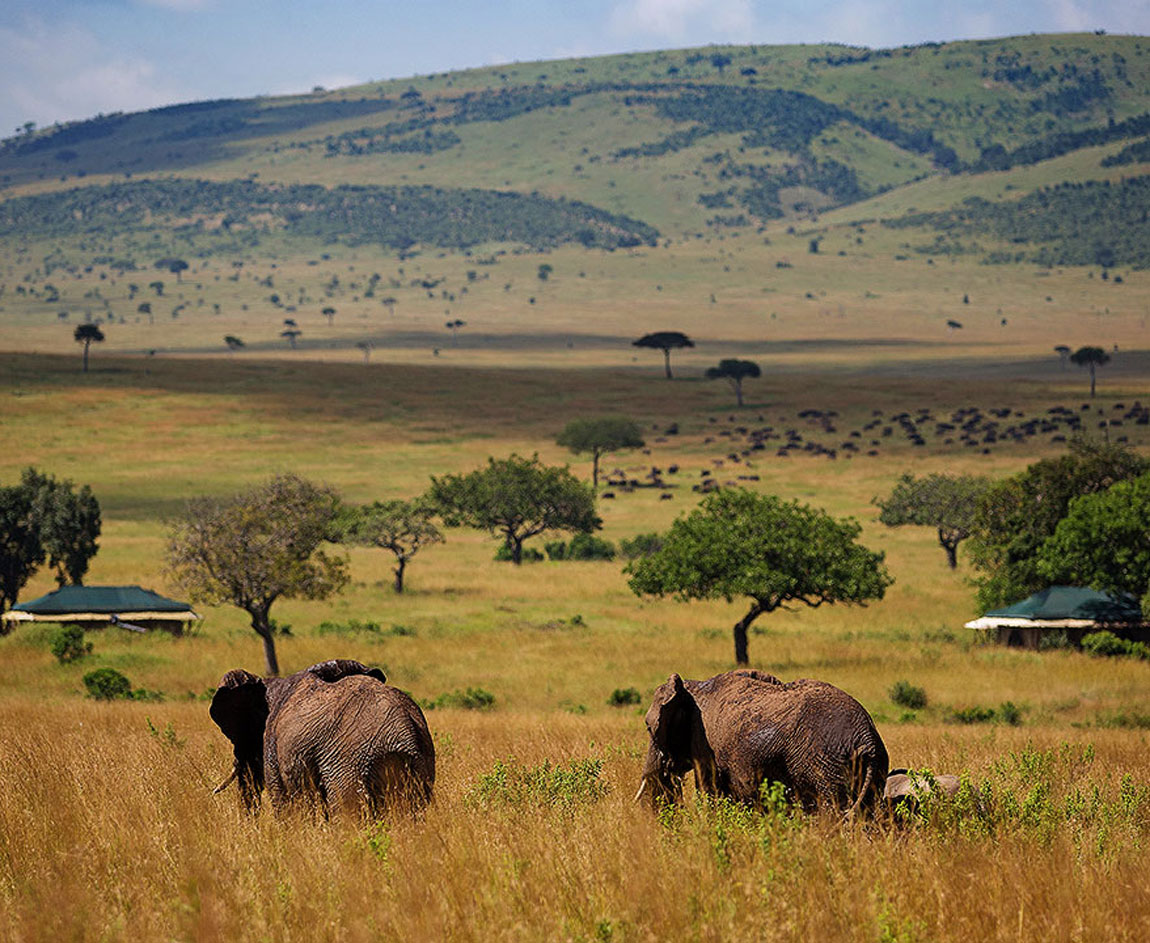
The wind whistles in the thorn trees. On a solitary acacia, a vulture ruffles its feathers. Above are endless skies to match the seemingly endless horizons. This must be the Masai Mara, home to the greatest animal show on earth.
The Mara Game Reserve will offer the greatest animal show on earth: wildebeest, zebras, giraffes, buffaloes, elephant and all of them in abundance. The Masai Mara is a must see for those going to Kenya. The parks was established in 1961 and today it’s one of the best-known wildlife areas in Africa, home to healthy big cat populations and an abundance of plains game, bolstered by the arrival of millions of wildebeest during the Great Migration. Visit at any time and you have a good chance of seeing lion, elephant, cheetah, Masai giraffe and buffalo, as well as varied birdlife, hippo and crocodiles along the rivers.
The reserve’s southern boundary is contiguous with Tanzania’s Serengeti National Park, which shares the Great Migration herds. It has been developed on the lines of a national park, where, unlike in the bordering conservancies, human settlements are unable to intrude and game-viewing is restricted to game drives and horse-riding safaris.
Meru
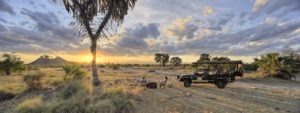 Meru National Park, where George and Joy Adamson released their most famous lioness, Elsa, back into the wild (a story immortalised in the book and film Born Free), is increasingly re-appearing on safari itineraries. After it was founded in 1966, the park, run by one of Kenya’s most energetic wardens, Peter Jenkins, was a popular destination for safaris. But it fell into neglect in the 1980s, and for more than a decade, into the late 1990s, this entrancing wilderness was virtually off limits due to out-of-control poaching. Then, championed by the International Fund for Animal Welfare, with the support of the EU, the park became a KWS cause célèbre and was comprehensively restored, with newly cut earth roads, a dedicated force of rangers led by a new warden (Peter Jenkins’ son Mark Jenkins), and a poacher-proof rhino sanctuary near the main gate which is home to both white and black rhinos.
Meru National Park, where George and Joy Adamson released their most famous lioness, Elsa, back into the wild (a story immortalised in the book and film Born Free), is increasingly re-appearing on safari itineraries. After it was founded in 1966, the park, run by one of Kenya’s most energetic wardens, Peter Jenkins, was a popular destination for safaris. But it fell into neglect in the 1980s, and for more than a decade, into the late 1990s, this entrancing wilderness was virtually off limits due to out-of-control poaching. Then, championed by the International Fund for Animal Welfare, with the support of the EU, the park became a KWS cause célèbre and was comprehensively restored, with newly cut earth roads, a dedicated force of rangers led by a new warden (Peter Jenkins’ son Mark Jenkins), and a poacher-proof rhino sanctuary near the main gate which is home to both white and black rhinos.
Safaris in Meru National Park
Despite its relaunch, Meru is still one of the least visited of Kenya’s big parks, which is all to the good: this unspoiled 870km² stretch of well-watered, dense bush, acacia woodland and verdant, tall grasslands spiked with weird-looking doum palms is ripe for discovery. It has game viewing which now easily matches or exceeds the sort of safari experience you’ll have in popular parks such as Tsavo West or Tsavo East, with increasingly frequent sightings of all the ‘Big Five’, plus cheetah and numerous other savannah species. And its handful of camps and lodges includes the exceptionally beautiful Elsa’s Kopje and two boutique, riverside safari camps (both with swimming pools) – Rhino River Camp and Offbeat Meru.
Meru’s numerous streams and rivers are a characteristic feature of the landscape. Be sure to visit the Rojewero viewpoint and boardwalk – a lovely spot to stretch your legs and take in the dense riverine forest. There are good hippo, croc and fish-eagle-spotting opportunities in the area. Driving around Meru National Park through the thick bush, you’re also likely to have close encounters with some of the park’s huge herds of buffalo – the key prey for Meru’s lion prides.
As well as morning and evening game drives, if you’re in Meru National Park for several days, you might want to include a full-day drive down to the south of the park. The grave of Elsa the lioness is out in this remote area on the north bank of the Ura River, a major tributary that forms the parks’ southwest boundary.
SAMBURU

Going to Samburu is an adventure. The national park is empty and wild, a place of baked brown earth and parched vegetation. The silence is almost eerie and at first you might think this is empty landscape.
Unexpectedly, you will find this to be one of Kenya’s most rewarding reserves. Running through Samburu, the Ewaso N’giro River is surrounded by a permanent ribbon of green, with tamarinds, doum palms and acacia provide respite from the sweltering sun.
Wildlife to be found in Samburu:
Reticulated Giraffe, elephant, buffalo and waterbuck frequent the woodland, impala herds graze under the trees and Grevy’s zebra, Beisa oryx, reticulated giraffe and gerenuk can all be found. Lion, leopard and cheetah are never far away, while, up above, martial eagles, bateleurs and pygmy falcons patrol the skies.
KENYAN BEACHES

Kenya might not be known for its beaches but the Kenyas beaches are superb for families. From secluded hideaways and high end villas to family friendly resorts and affordable small scale hotels, the white sandy palm- fringe beaches are a great way to end your safari. Kenyas most known beaches are Diani and Mombassa but the lesser known – hidden gem Watamu is a must experience beach getaway for families with kids.
SAFETY
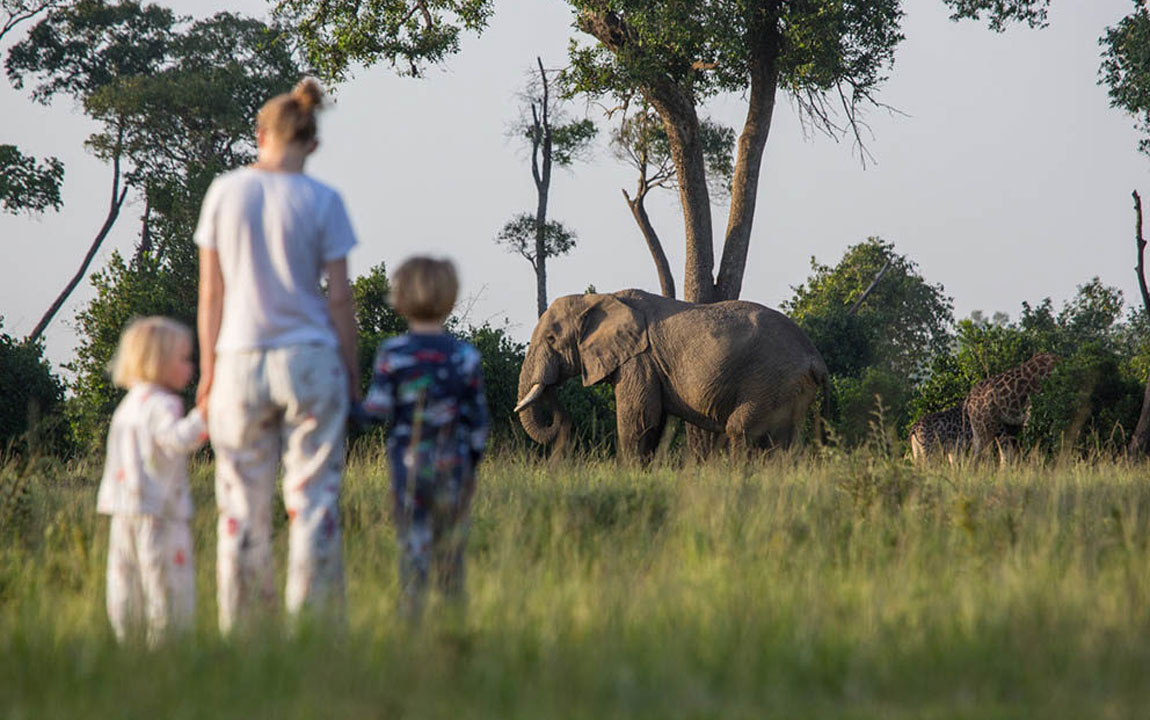
Kenya has one of the best developed tourism sectors in Africa and we ensure that our guides, accommodation and travel conform to the best safety standards. Families can be placed in fenced camps allowing for peace of mind, especially at night when wildlife is at its most active.
Kenya is a superb destination for adventurous families on safari looking for that ultimate African experience. Young people can enjoy anything from feeding giraffes at Giraffe Manor and learning rain dances to game drives, balloon safaris and making friends with the local Masai children, not just a fun experience, but an educational one too.
Our favorite places in Kenya
WATCH THE VIDEO
WHAT ARE YOU WAITING FOR?
Contact us if you’re ready to book your safari or to get additional information.



